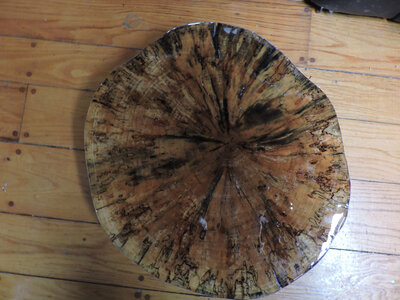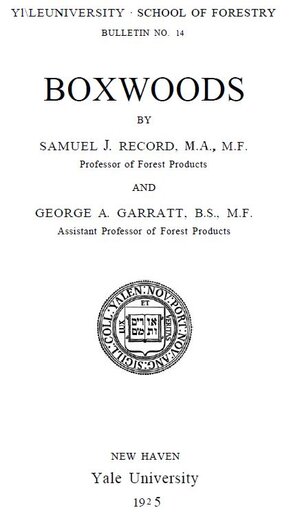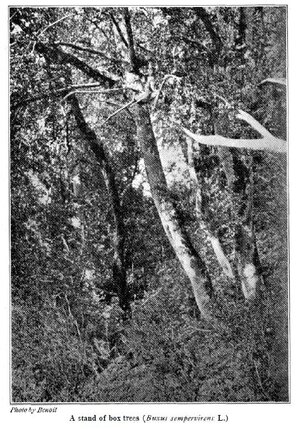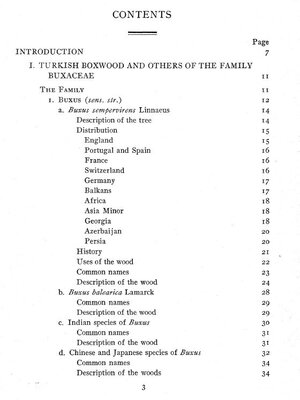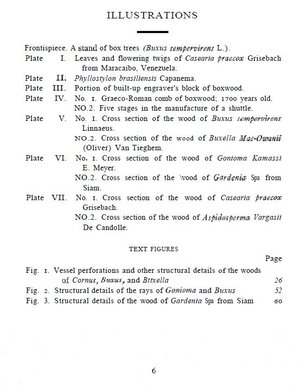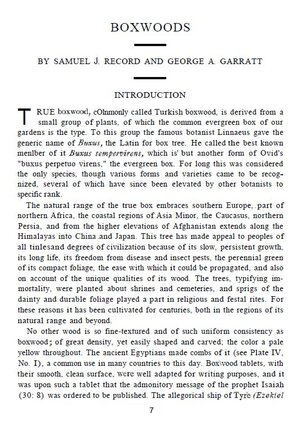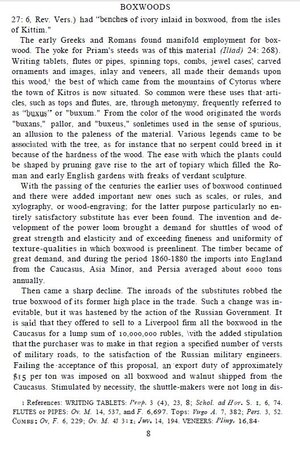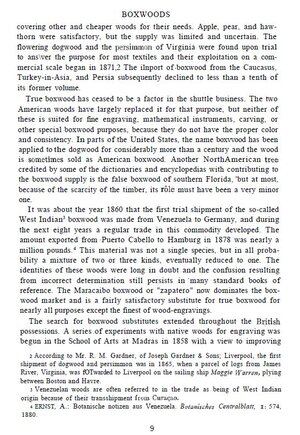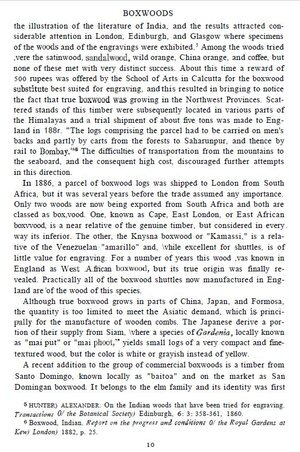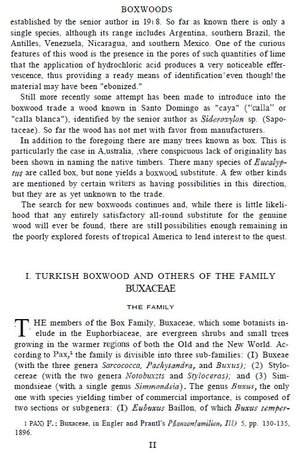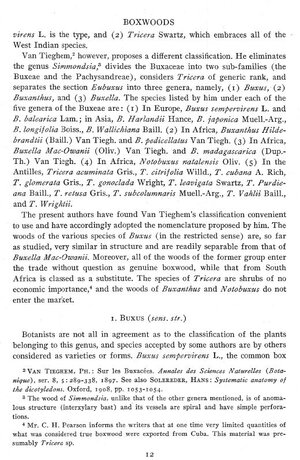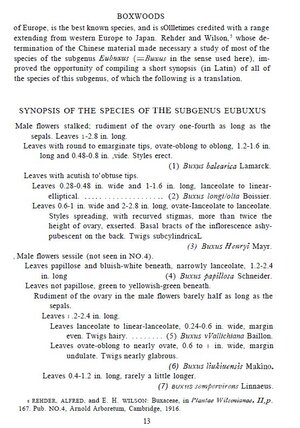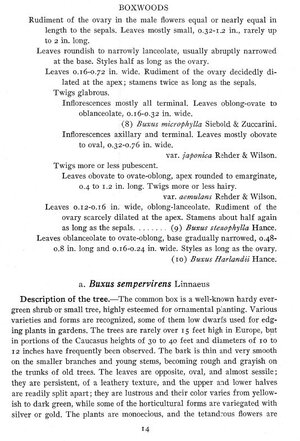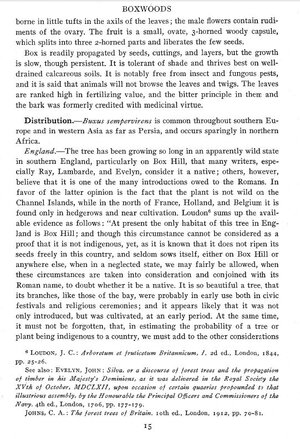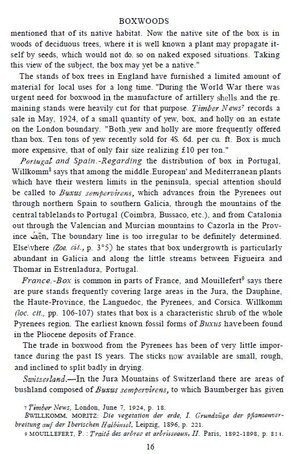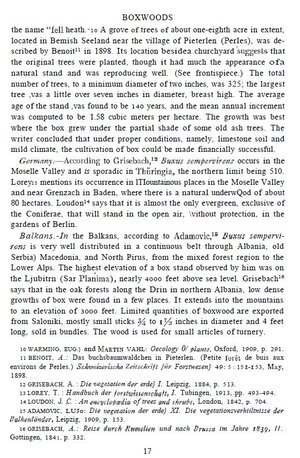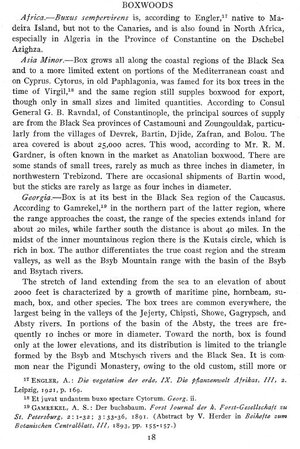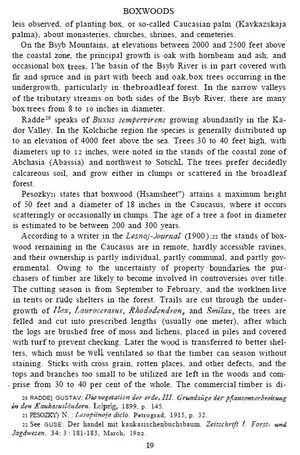- Joined
- Dec 1, 2016
- Messages
- 6,342
- Points
- 728

a story i heard by my uncle was the steel decks were covered in wood to dampen the noise when metal hit the metal deck it was like being inside a bell when below.
 |
As a way to introduce our brass coins to the community, we will raffle off a free coin during the month of August. Follow link ABOVE for instructions for entering. |
 |
 |
The beloved Ships in Scale Magazine is back and charting a new course for 2026! Discover new skills, new techniques, and new inspirations in every issue. NOTE THAT OUR FIRST ISSUE WILL BE JAN/FEB 2026 |
 |

Hi Brian,I have an order with Dave from the lumberyard for some natural Pear deck planking.
Its been held up at the post office because of the coronavirus, but will post some photos when it arrives.

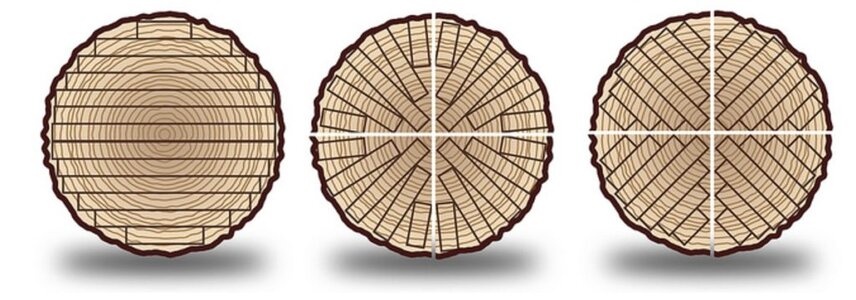

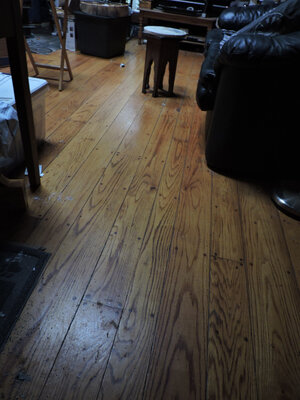
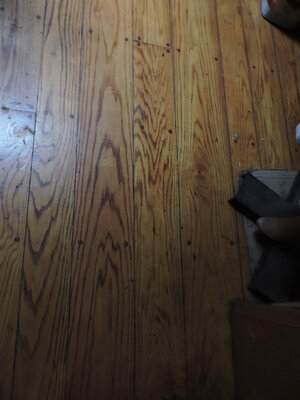
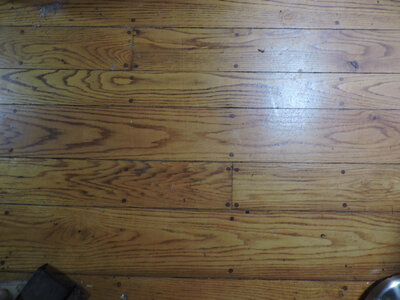
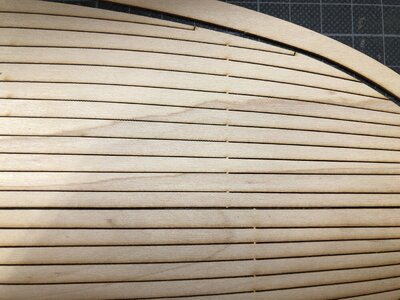
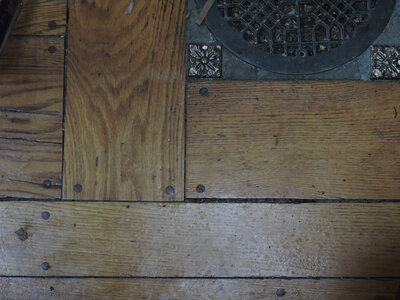

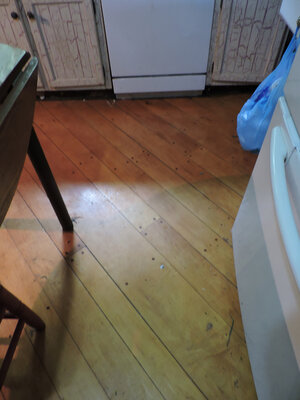
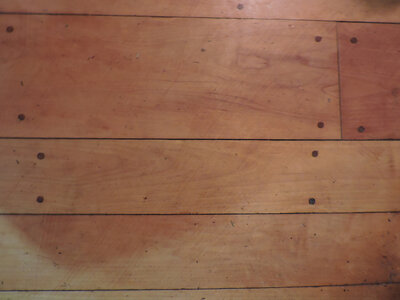
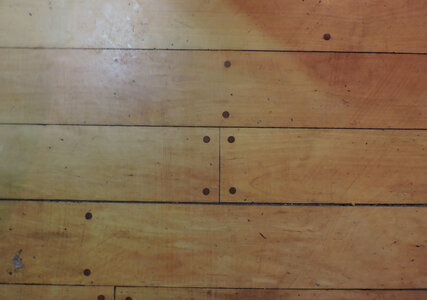


err .............................. I think the appropriate word is galley not kitchen - it's your fault for planking your floors like a perfectly laid ship's deck.
